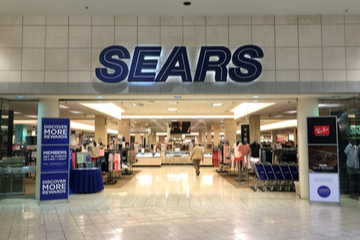
Sears, which long ago pioneered an early form of ecommerce through its catalog business, didn’t foresee a shifting landscape that started 25 years ago in Jeff Bezos’ garage in Seattle.
While the U.S. retail giant could have carved out a strong presence in ecommerce, it failed to act back in 2005 when Amazon became the leading internet retailer. Instead, it launched its own big-box retail chains to try to turn tide on market share loss from Walmart, Target and others.
Eleven years later in 2016, former CEO Eddie Lambert who stepped down after Sears filed for bankruptcy last month, warned of disruption[1] to retailers like “Walmart, Nordstrom, Macy’s, Staples, Whole Foods and many others have felt the impact of disruptive changes from online competition and new business models.” Like many other retailers struggling to survive like Toys “R” Us, JCPenney and Macy’s, Sears is closing 142 unprofitable stores by the end of this year.
Insights on Sears.com traffic and conversions
To better understand Sears’ under-performance in the rising ecommerce economy, we analyzed data[2] from Jumpshot’s panel of 100 million devices that tracks more than five billion consumer actions per day. The data ranges from January 2017 to September 2018.
One key finding is that Sears has barely grown online transaction volume[3] for nearly two years. Through September, it posted almost exactly the same number of purchases, growing just 0.03% year over year. Traffic to the site has been declining. It’s down 16% for the year.
While that means Sears is converting at a slightly higher rate with less traffic, the bad news is almost half of search engine traffic now comes from paid search ads. That’s

